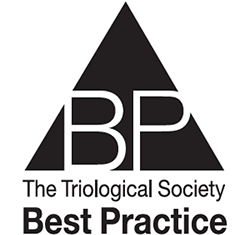Electrocochleography (ECoG) has historically been used for measuring hearing thresholds and identifying endolymphatic hydrops in Ménière’s disease. More recently, ECoG application has expanded to monitor electrical potentials during cochlear implantation as an indirect measure of cochlear trauma.

